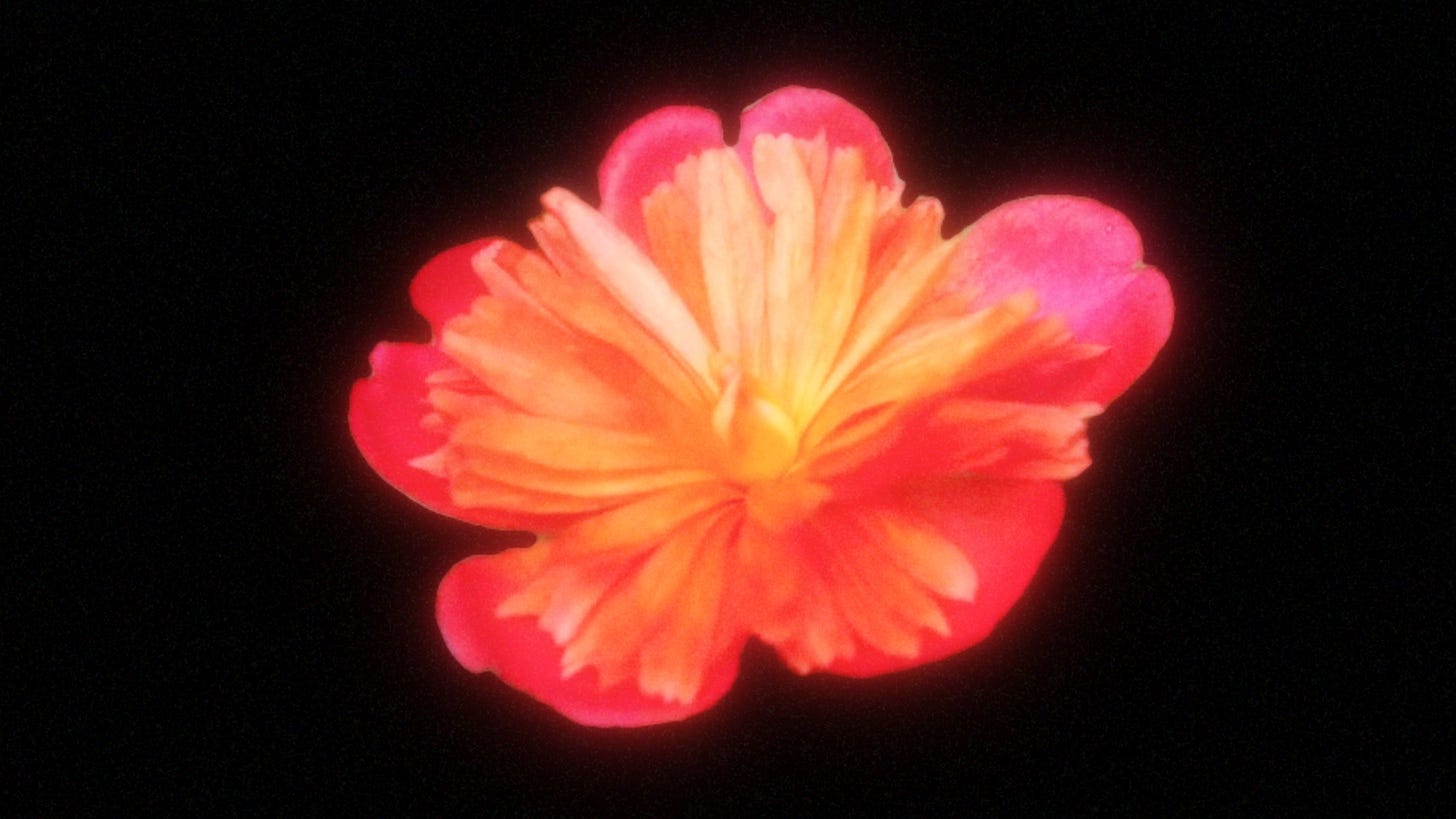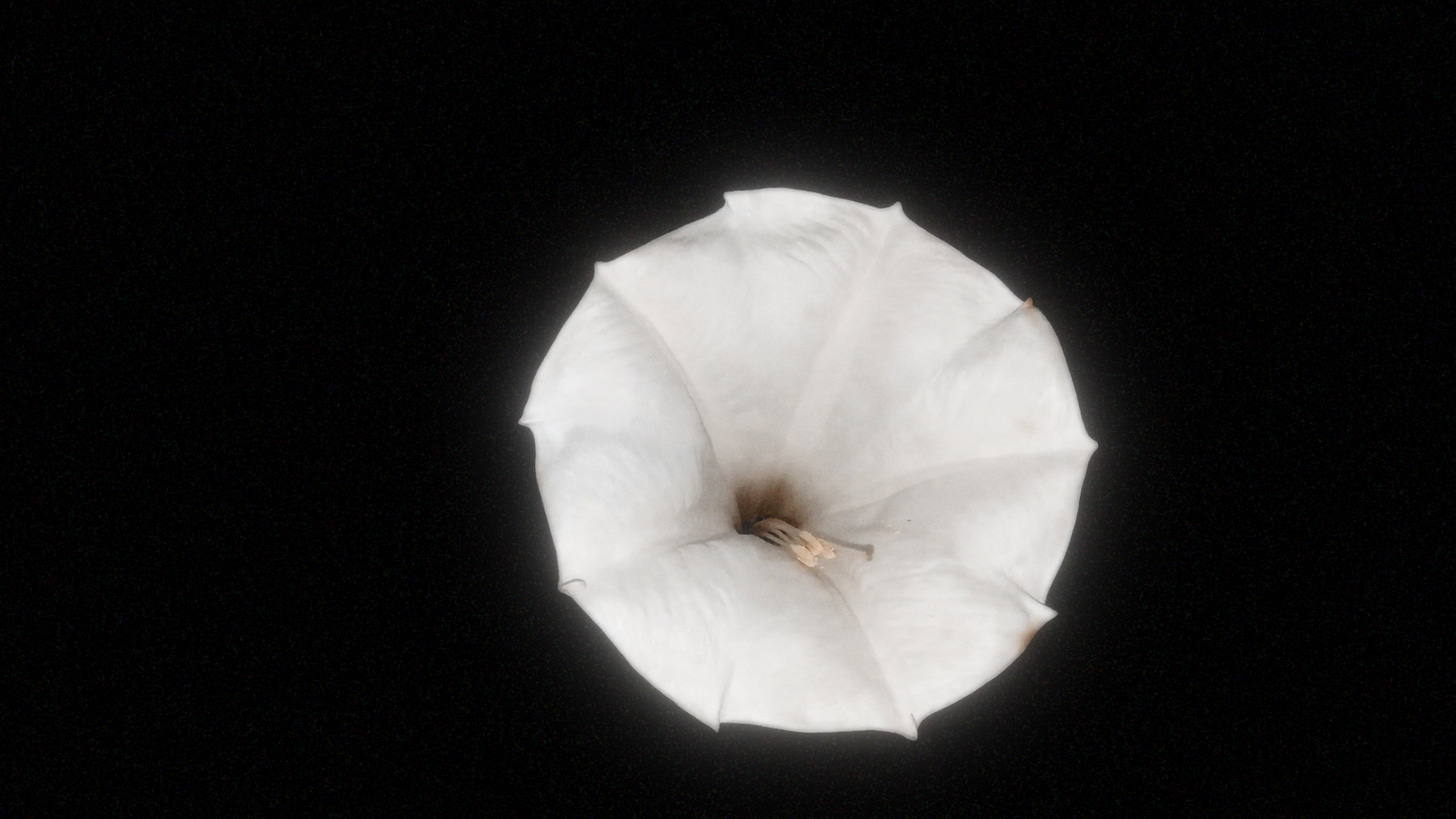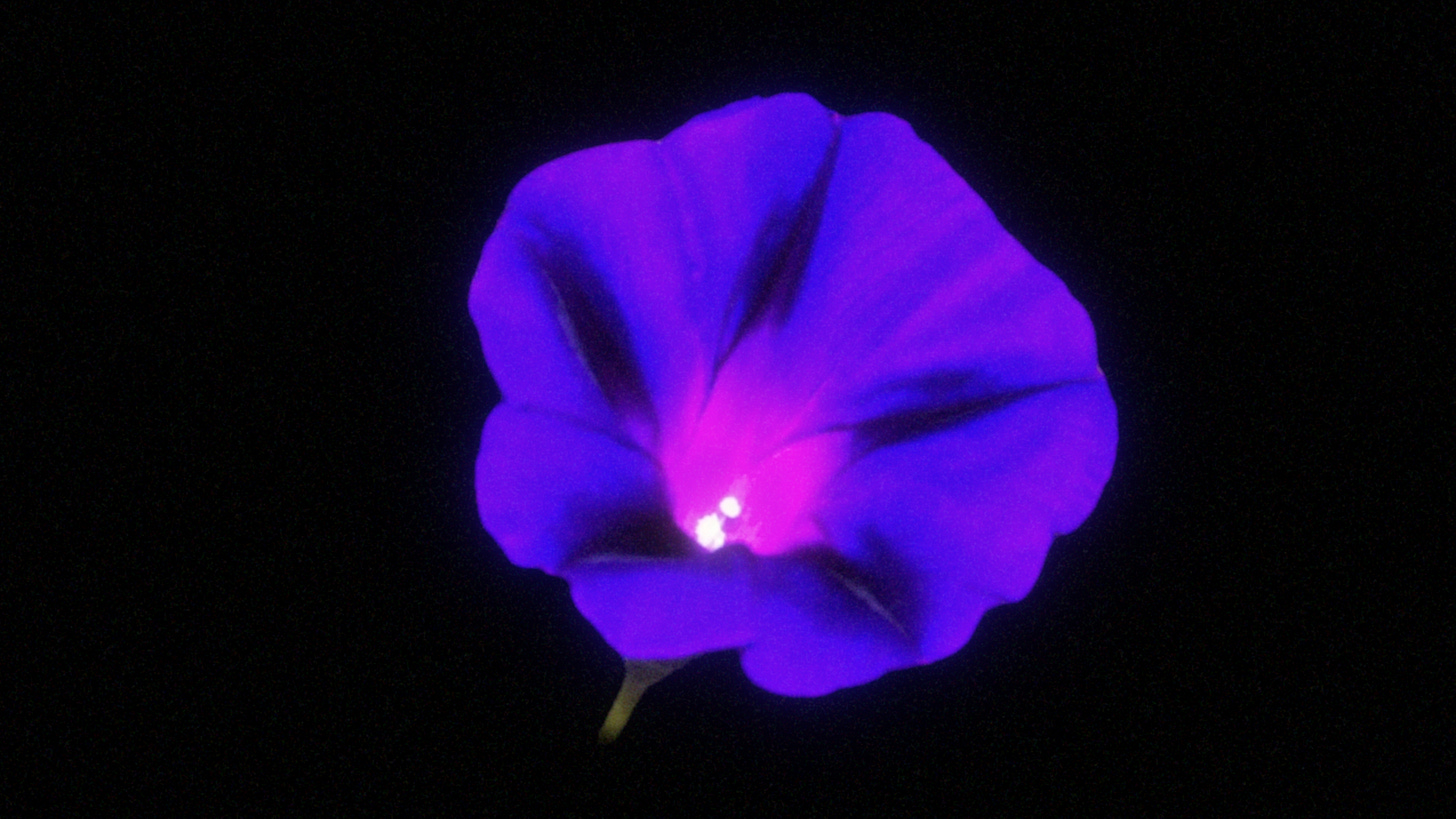https://isthereanaftertasteoflifeinthesegraves.com/
As part of our show, Acetone Reality, at Timeshare I’m happy to share this clock, linked at the URL above. I started working on this project in 2020 and it has taken the shape of a monument to transfiguration. I like imagining you having it open in a browser window, starting to subtly learn to notice time passing with each bloom. Or maybe you have an iPad that you can set up on the counter so that there’s a flower blooming in your home 24/7.
“Is there an after-taste of life in these graves? And in the flowers’ mouths do bees find the hint of a word refusing speech? O flowers, prisoners of our instincts toward happiness, do you return to us with our dead in your veins? Flowers, how can you escape our grip? How can you not be our flowers? Does the rose really use all its petals to fly away from us? Does it want to be only a rose, nothing but a rose? No one’s sleep beneath so many eyelids?”
- Cemetery by Rainer Maria Rilke
The time is represented by a different flower slowly blooming for every hour of the day and night: 24 flowers total. Movement is barely perceptible, much like watching flowers bloom in life. These flower videos are found footage, collected, rotoscoped, processed and time stretched, but they refer to actual flowering plant species that bloom at the corresponding hour in nature.
Carl Linnaeus, a Swedish botanist, came up with the concept of the flower garden as a way to tell time, but it has not been executed successfully in non-digital conditions due to the conflicting needs of the plants. Linnaeus also invented binomial nomenclature, such as Homo (genus) Sapiens (species) for humans. Before binomials, names of plants in books were strings of words that formed a nuanced description and prior to that they were verbally described in native tongues. Plants were defined by context, use and vernacular inflection. Both plants and animals had names in indigenous languages, but Linnaeus renamed them with imperial Latinisms.
His approach was essentially to fragment, label and systematize all of nature. There is a severance, a violent distillation, in the use of these organized names. His system was also a way to commodify nature, incorporating identification into the sale and propagation of plants for a variety of uses. Binomial nomenclature brings to mind other binary frames through which we perceive ourselves and our world, such as the relationship between help and control, or the necessity of death and decay for the creation of new life. As with any substructure, when it is made visible or named, it can be better understood, maybe even hybridized.








i love this. i set it up on my monitor! it's wildly beautiful. so generous of you to share.